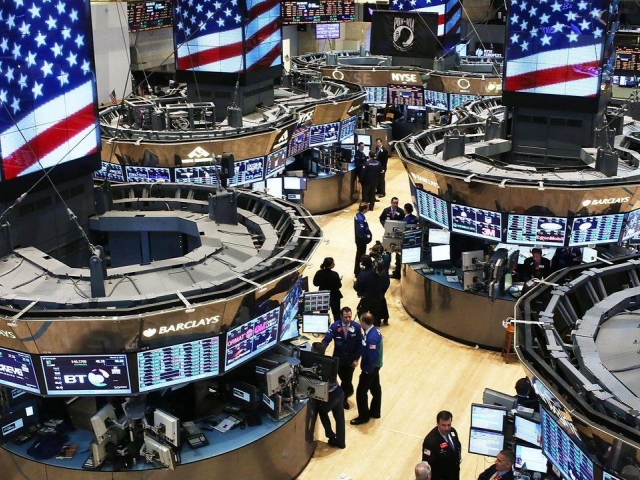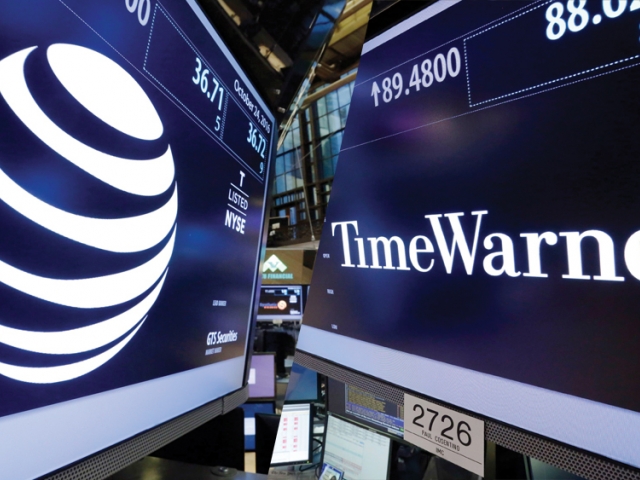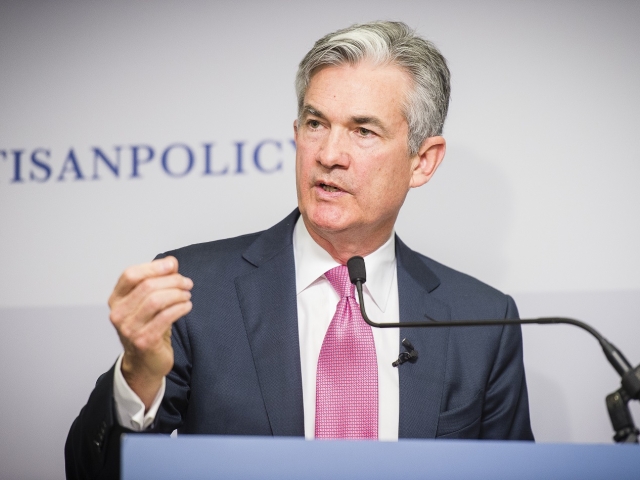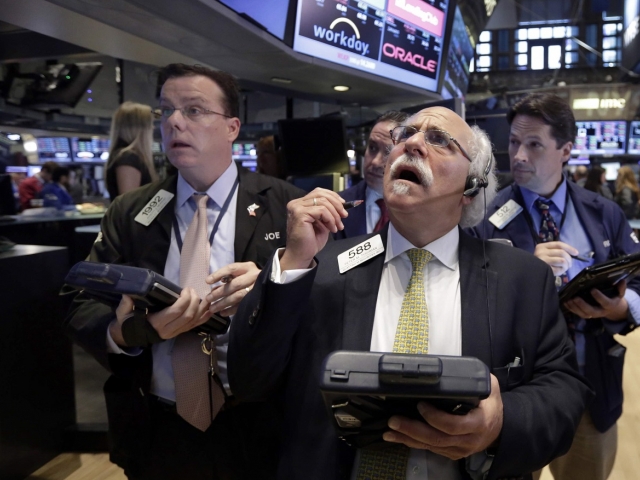
Remarkably, companies in these sectors will be able to boost their profits by 5-20%, provided that Donald Trump's tax reform will be implemented together with the preservation of the US monetary policy. Last year, the Fed gradually raised interest rates amid rising inflation. It also started trimming its $4.5 trillion balance sheet, unloading $10 billion worth of assets a month. The $50 billion per month taper is expected to begin in February 2018.

Retail sector
Due to changes in the US tax system, the profits of such major retailers as Macy's (M), Target (TGT) and Nordstrom (JWN) will grow by 45%, according to experts. It is worth considering including these stocks in your portfolio now as ideas associated with the tax reform will be implemented during the first two quarters of 2018. This factor is already partly reflected in rising stock prices: Target (TGT) and Nordstrom (JWN) rose by 17% over the past two months, as well as Macy's shares climbed by 46% over the same period.

However, as long as Amazon (AMZN) is the leader, it is difficult to talk about the long-term prospects of traditional retailers. Walmart (WMT) is considered the most promising as it is enhancing its online presence. With about 75% of its earnings coming from the US, WMT is expected to boost three-fourths of its pre-tax profit by 45%. The retail giant is expected to generate $512 billion in revenue this year and a pre-tax profit of $21.22 billion.

For now, e-commerce comprises a small sliver of Walmart's overall profits. But the transformation of the business and the advancement of the online platform can catalyze revenue growth. Moreover, the retailer will save about $2.5 billion in 2018 as a result of the tax cut, so it can allocate up to $7-7.5 billion for the development of its online services. The forecast that its US e-commerce division will eventually become leading might well be accurate.
Analysts set the price target for Walmart shares until the end of 2018 at $121.

Telecommunications
AT&T (T) and Verizon (VZ) are major players. They have similar sales structure, with more than 90% of revenues generated in the United States. AT&T seems to be more promising for investment as its turnover is 28% bigger than that of Verizon, meaning that its net profit can grow at a faster pace.
AT&T's another advantage is a proposed acquisition of content behemoth Time Warner (TWX), which will allow the telecom giant to follow in the footsteps of Netflix by having direct access to viewers through its own streaming service. Netflix collects and analyzes vast amounts of information to offer viewers products interesting exclusively to them. Using big data analysis, AT&T will be able to compete not only with Netflix, but also with Disney for its share in the entertainment and media industry. The target stock price for AT&T is $50 until the end of 2018.

Financial companies
The financial sector has a great chance to take the lead in 2018, overtaking the technology sector. Favorable market conditions could contribute to a growth spurt in the financial industry. With favorable market conditions (upon the implementation of the tax reform), US banks will have more free money, which will have a positive effect on their creditworthiness.

Companies that will receive more profit will want to develop and expand their businesses by reinvesting part of the funds and attracting more credits. Thus, corporate loans will grow, prompting the Fed to raise the federal funds rate to 2.25%, according to some experts. This will allow financial companies to boost turnover by $110 billion. In addition, when Jerome Powell replaces Janet Yellen as Fed Chair, he is expected to be proactive in dropping some regulations on the financial sector, thus allowing banks to increase their capital.

Also, in January 2018, after the adopted changes enter into force, the bank debt load will be calculated using a new methodology, taking into account such safe assets as US Treasury bonds and Fed deposits. It will be possible to see how it works only after the first quarter. Most likely, it will result in an increase in the banks' earnings per share to 10%. Thus, the entire financial sector can be a successful investment. The target for the exchange-traded fund Financial Select Sector SPDR Fund (XLF) is $35, which means a potential yield of almost 30% of current levels.
 বাংলা
বাংলা 
 Русский
Русский English
English Bahasa Indonesia
Bahasa Indonesia Bahasa Malay
Bahasa Malay ไทย
ไทย Español
Español Deutsch
Deutsch Български
Български Français
Français Tiếng Việt
Tiếng Việt 中文
中文 हिन्दी
हिन्दी Čeština
Čeština Українська
Українська Română
Română
